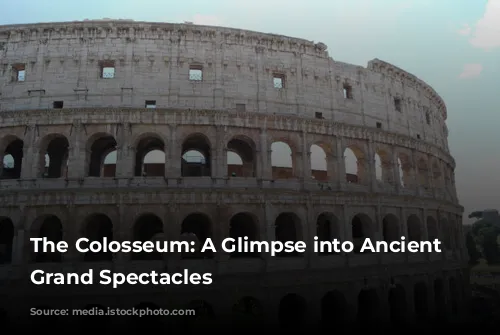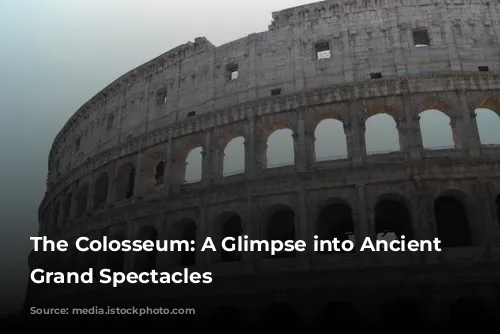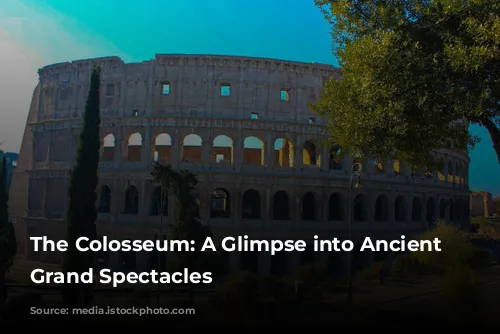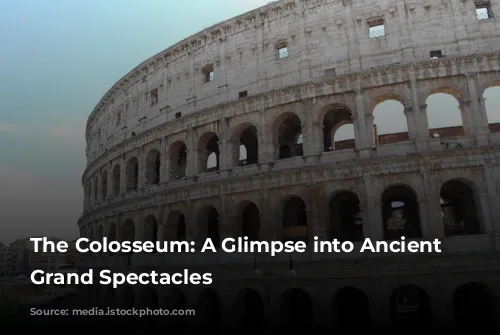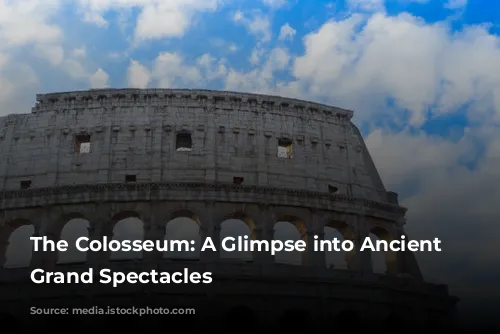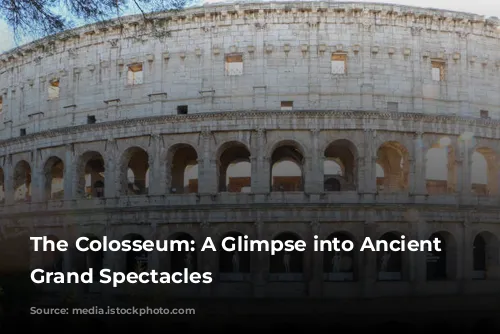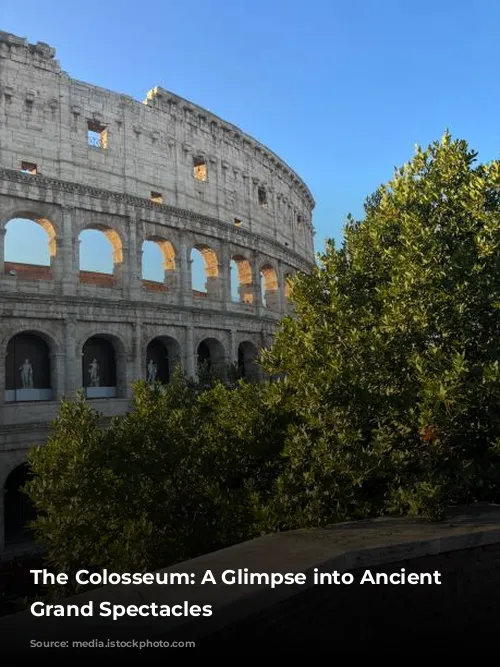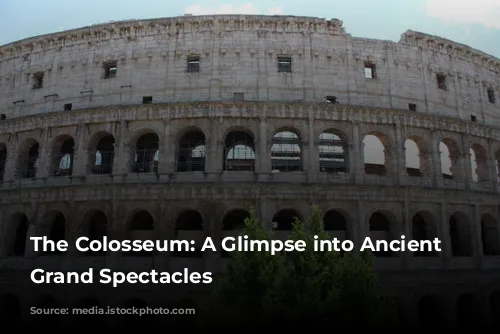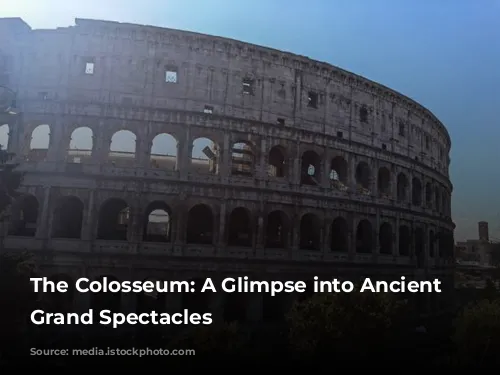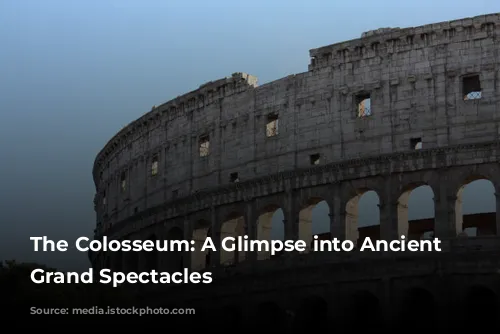Get ready to be amazed! The Colosseum, a towering symbol of Roman power, holds secrets that span nearly 2,000 years. This ancient arena once echoed with the thunder of gladiatorial combat, the roars of wild beasts, and the chilling cries of condemned prisoners. Join us as we delve into the fascinating history of this iconic structure and uncover some of its most intriguing facts.
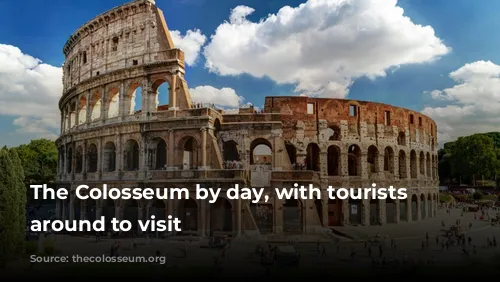
Construction and Purpose
The Colosseum’s construction began in 72 AD under Emperor Vespasian, a testament to his desire to appease Roman citizens after the controversial reign of Nero. Though Vespasian died before completion, his sons, Titus and Domitian, carried on the ambitious project. The labor force? Jewish slaves, forced into servitude after the Jewish-Roman War. Their tireless efforts, overseen by Roman engineers and craftsmen, brought this architectural marvel to life.
Imagine the scene: Thousands of slaves toiling under the scorching sun, their hands shaping the massive blocks of travertine stone that formed the Colosseum’s walls. It’s estimated that between 60,000 and 100,000 individuals contributed to its construction. The sheer scale of this undertaking is staggering, a testament to Roman ingenuity and their thirst for grand spectacles.
But why build such a magnificent structure? After Nero’s extravagant palace, the Domus Aurea, was torn down, the Colosseum arose from its ashes. It was a symbol of renewal, a place where Romans could come together for entertainment, a grand amphitheater for all.
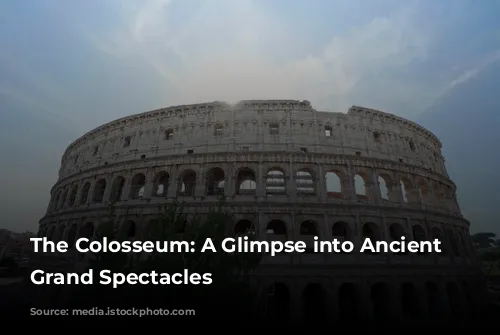
Unveiling the Colosseum’s Details
The Colosseum’s name, originally the Flavian Amphitheater, is believed to have derived from a colossal bronze statue of Emperor Nero that once stood nearby. This statue was itself modeled on the Colossus of Rhodes, highlighting the grandeur of Roman ambition.
The Colosseum, an oval structure, boasts impressive dimensions: 189 meters long, 156 meters wide, and 48.5 meters tall. Its surface area spans a whopping 6 acres! The external walls are adorned with three tiers of columns – Doric, Ionic, and Corinthian – each with 80 arches. These arches served as guides for spectators, allowing them to easily find their seats.
But have you ever wondered what lies beneath the Colosseum? Its Hypogeum, an elaborate network of tunnels and chambers, held the gladiators, animals, and prisoners before they entered the arena. This subterranean world was connected to the arena through 80 vertical shafts and a system of trap doors, allowing for thrilling stage effects during spectacles.
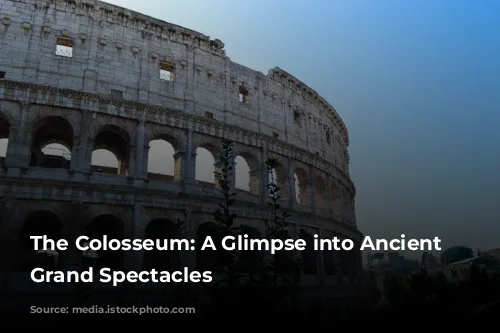
The Colosseum’s Bloody Legacy
The Colosseum’s history is stained with blood. It is believed that over 400,000 individuals perished within its walls, including gladiators, slaves, convicts, prisoners, and even animals. The sheer scale of this carnage is staggering.
A menagerie of wild beasts graced the Colosseum’s arena, from lions and tigers to elephants and giraffes. These animals were often used in staged hunts, where armed humans would battle them for the entertainment of the crowds. The Colosseum’s legacy is a reminder of the Roman fascination with bloodsports and the brutal reality of ancient life.
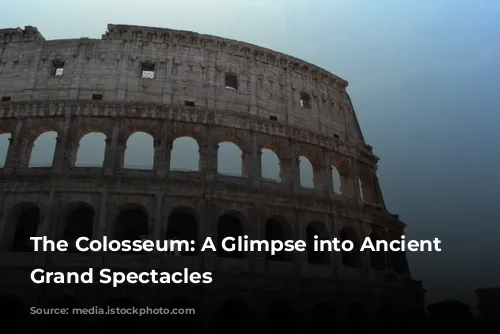
Beyond the Arena: The Colosseum’s Many Lives
The Colosseum has seen it all. After its glory days as an arena, it transitioned into a cemetery, a place of worship, and even a fortified castle. Today, it stands as a world-renowned tourist attraction, drawing millions of visitors each year. The Colosseum’s enduring presence is a testament to its historical significance and its enduring appeal.
The Colosseum is more than just a ruin. It is a living testament to the power, brutality, and entertainment of ancient Rome. Through its crumbling walls, we can glimpse the lives of gladiators, the roar of the crowd, and the vast spectacle of Roman society. As you stand before this iconic structure, remember the stories it holds and the impact it had on the course of history.
